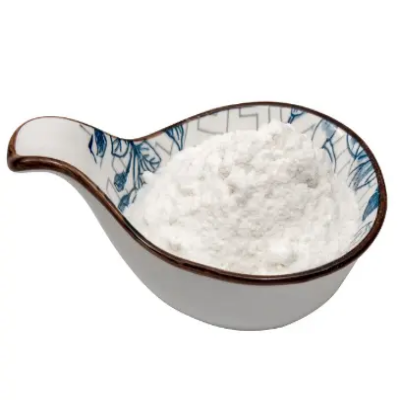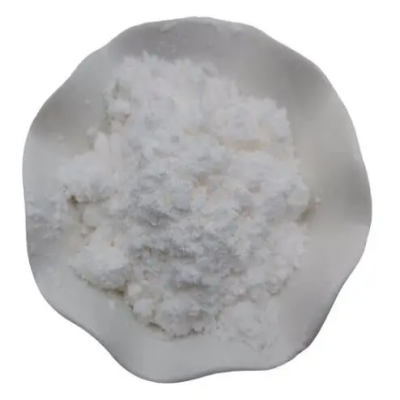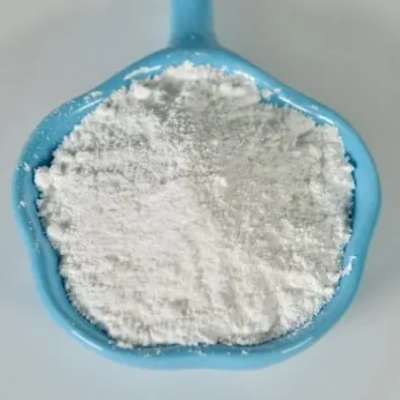4-Methyl-5-vinylthiazole CAS:1759-28-0
4-Methyl-5-vinylthiazole (C₇H₈N₂S) is recognized for its intriguing structural characteristics, featuring a methyl group at the fourth carbon and a vinyl group (−CH=CH₂) at the fifth position of the thiazole ring. This arrangement not only contributes to the compound’s stability but also enhances its reactivity, making it suitable for various chemical transformations. Compounds in the thiazole family, including 4-methyl-5-vinylthiazole, are often noted for their diverse biological activities and potential uses in synthetic chemistry. One of the primary areas where 4-methyl-5-vinylthiazole shows promise is in the flavor and fragrance industry. The compound's unique aroma profile can contribute to the sensory qualities of food and beverages, making it a valuable additive in flavor formulations. Its ability to impart savory notes can enhance the overall taste experience, appealing to consumers seeking novel and rich flavors. As the demand for innovative flavor compounds continues to rise, 4-methyl-5-vinylthiazole may play a significant role in developing new products that meet consumer preferences. In addition to its applications in flavoring, research has indicated that thiazole derivatives like 4-methyl-5-vinylthiazole may exhibit pharmaceutical potential. Preliminary studies suggest that such compounds could possess antimicrobial, antifungal, or anticancer properties, leading to further investigation into their therapeutic efficacy. The incorporation of the vinyl group may facilitate additional reactions, allowing for the creation of more complex structures with enhanced biological activity. As a result, 4-methyl-5-vinylthiazole may have applications in drug discovery and development, particularly for treating infectious diseases or cancer. Synthesis methods for creating 4-methyl-5-vinylthiazole typically involve established organic chemistry techniques, which allow for relatively straightforward production from accessible starting materials. Ongoing research aims to improve these synthetic pathways, focusing on increasing yield and reducing environmental impact. Innovations in synthetic methodology align with global trends toward sustainable practices in chemical manufacturing. Another important aspect of understanding 4-methyl-5-vinylthiazole lies in studying its stability and reactivity under various conditions. Factors such as temperature, pH, and exposure to light can significantly affect its performance in different applications. Comprehensive research into these parameters will aid in establishing best practices for utilizing the compound effectively, whether in flavor formulations, pharmaceuticals, or other industrial applications. In conclusion, 4-methyl-5-vinylthiazole presents numerous opportunities for exploration and application across several sectors. Continued investigation into its synthesis, sensory properties, and potential bioactive effects is essential to unlocking its full potential. As consumer demand for innovative flavors and therapeutic solutions grows, compounds like 4-methyl-5-vinylthiazole stand poised to make significant contributions to the advancement of culinary arts and medicinal chemistry, enhancing product offerings and improving quality of life.



| Composition | C6H14N4O2 |
| Assay | 99% |
| Appearance | White Powder |
| CAS No. | 74-79-3 |
| Packing | 25KG |
| Shelf Life | 2 years |
| Storage | Store in cool and dry area |









